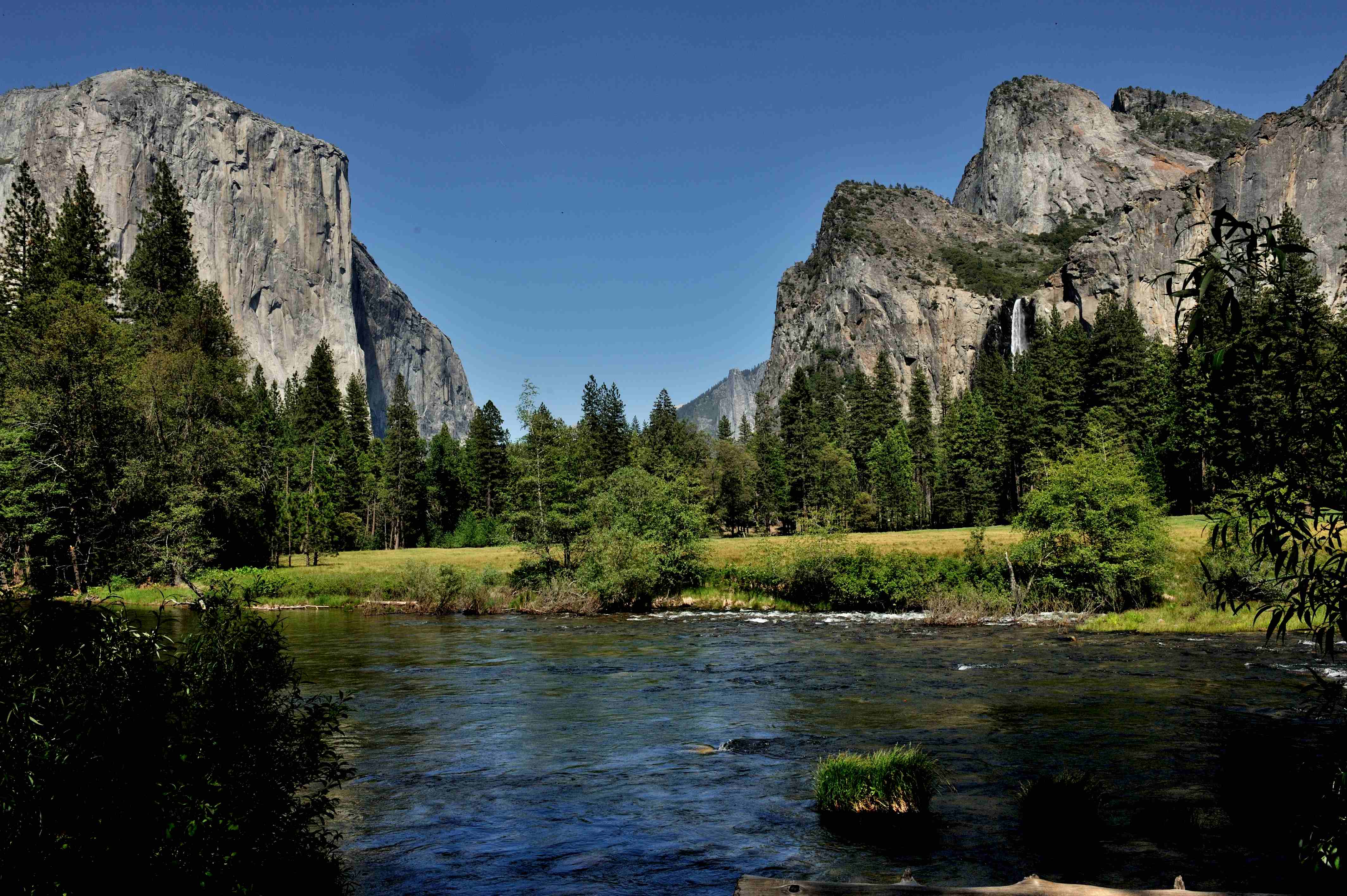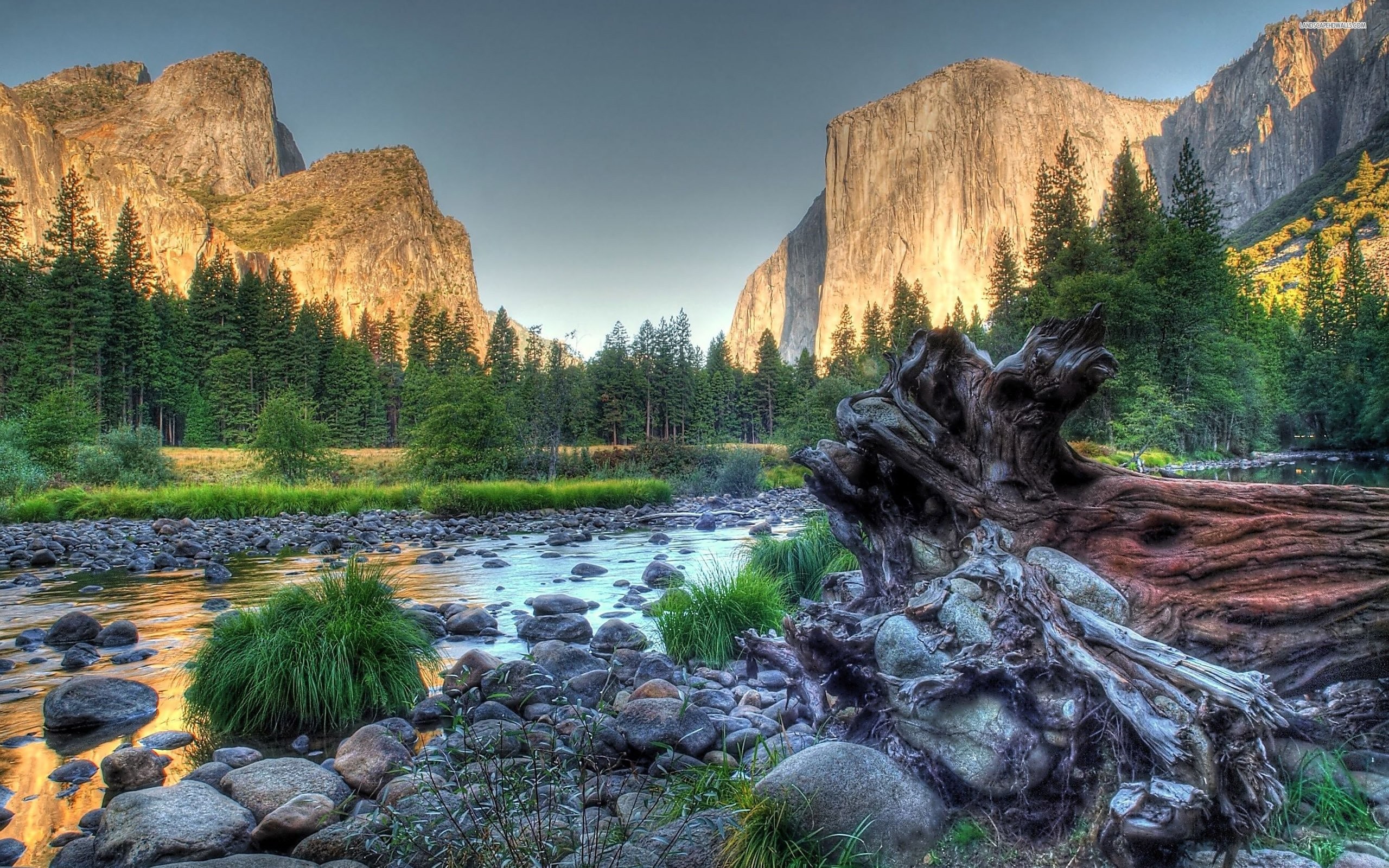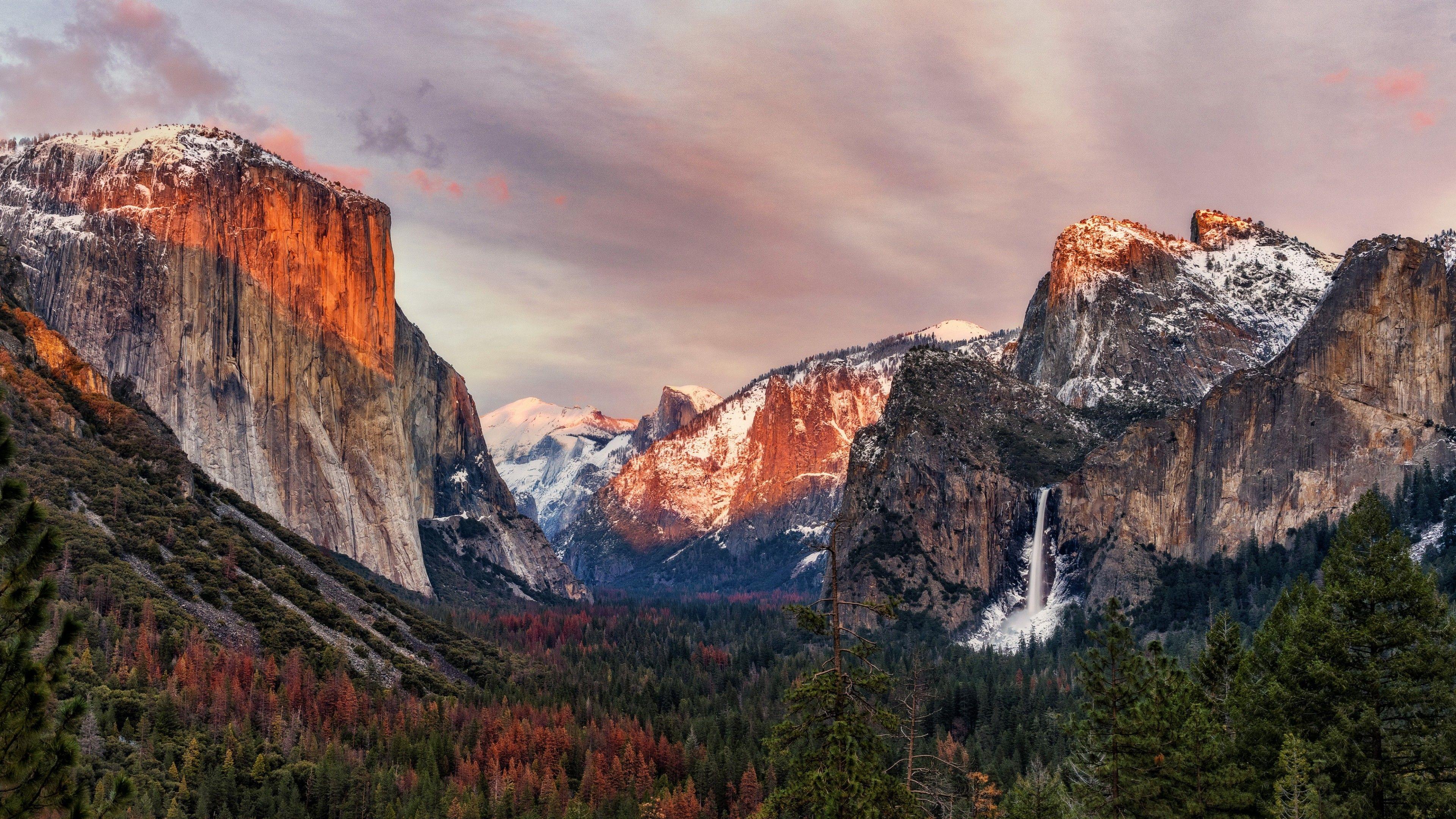Yosemite National Park - A Place Of Natural Wonders
Table of Contents
- Discovering Yosemite National Park's Splendor
- What Makes Yosemite National Park So Special?
- When Is the Best Time to Experience Yosemite National Park?
- Where Should You Go First in Yosemite National Park?
- Uncovering the Beauty of Yosemite National Park's Vast Scenery
- Learning More About Yosemite National Park's Natural World
- Staying Within Yosemite National Park's Boundaries
- Exploring the Great Outdoors in Yosemite National Park
Discovering Yosemite National Park's Splendor
Imagine a place that has been looked after for a very long time, since way back in 1864, a true wonder of the natural world. This special spot, Yosemite National Park, is quite well known for its incredible water falling down from great heights. Yet, inside its nearly 1,200 square miles, you can actually find so much more: deep places where the land drops far down, wide open grassy areas, and truly old, very big trees that reach for the sky. It's a place that truly holds a lot of different kinds of natural beauty, offering something for just about everyone who comes to see it.
This big piece of land, a real jewel in the crown of nature's offerings, sees a huge number of people come to visit each year, especially from the warmth of April through the cooler days of October. These months, you see, are when the park really comes alive with visitors wanting to take in all its grandeur. It's a popular time, for sure, and people come from all over to witness the sights and sounds of this remarkable area, hoping to make some lasting memories.
While the Yosemite Valley is, in a way, the main spot for most folks who come to visit, it's also true that there are many, many other spots to go within the park's vastness. You could spend quite a bit of time exploring, and you'd still find new things to marvel at, new paths to walk, and new views to take in. It's not just one area; it's a collection of many amazing places, all waiting to be discovered by those who come with a sense of wonder, you know?
What Makes Yosemite National Park So Special?
Yosemite National Park, you see, covers nearly 1,200 square miles of what you might call mountain scenery. This includes really tall rock faces, places where the ground sinks very far down, and water that drops from very high up. There are also those truly ancient, giant sequoia trees, which are just incredible to behold, and a very big area of wild land where nature is left mostly untouched. It's a place where you can really feel the scale of the natural world, and that's something quite remarkable, honestly.
For a long time, the main place for visitors to get information and learn about the park was called the Valley Visitor Center. But that's changing, and a new spot, the Yosemite Exploration Center, is set to open in the fall of 2023. This new place will, in some respects, offer a fresh way to learn. It will have a film called "Spirit of Yosemite" and areas with displays that explain the park's geology, how its rocks and land were formed, and all about the different types of plants and creatures that make this place their home. It sounds like it will be a really good way to get to know the park better, don't you think?
The natural world within Yosemite is home to hundreds of different kinds of living creatures and more than a thousand types of plants. It's quite famous for its tall, smooth rock faces, the incredible waterfalls, and those truly enormous sequoia trees. These features, in a way, give the park its unique feel and make it such a memorable place to visit. You can really see how diverse and rich the natural world is here, and it's pretty amazing to witness, actually.
When Is the Best Time to Experience Yosemite National Park?
Millions of folks choose to visit Yosemite National Park during the warmer months, specifically from April right through to October. This stretch of time, you could say, offers a bit of everything for those who come. The weather tends to be more pleasant, the trails are usually clear of snow, and the waterfalls are often at their most impressive, especially in the spring when the snowmelt really gets going. It's a period when the park is buzzing with life, both from its wild inhabitants and the people who come to explore, so it's almost always a good time to visit.
During these popular months, the park's natural features are truly on display. The rivers flow with more vigor, and the waterfalls, which are a main draw, cascade down with considerable force, particularly in the earlier part of this period. Later in the season, as the summer heat continues, some of the falls might start to slow down a little, or even dry up, but the overall beauty of the landscape remains. It's worth noting, too, that the changing light and colors through these months offer different perspectives on the same grand scenery, which is quite lovely, in fact.
Even though April through October is the peak time for visitors, the park's allure doesn't simply vanish outside of these months. Winter, for instance, brings a quiet beauty, with snow-covered landscapes that transform the familiar sights into something truly magical. However, for those looking for the full experience of open trails and flowing water, the warmer season is typically when most people find their ideal visit. It's really about what kind of experience you're hoping to have, you know?
Where Should You Go First in Yosemite National Park?
The Yosemite Valley, without a doubt, is the primary destination for most people who come to visit. It's here that you'll find some of the most iconic views and easily accessible natural wonders. Think of it as the heart of the park, where many of the famous rock formations and towering waterfalls are clearly visible. It's a good place to start your exploration, as it offers a quick taste of what makes Yosemite so special, and it's very easy to get around once you are there.
However, it's really important to remember that while the Valley is a main draw, there are many, many other places to go within the vastness of Yosemite National Park. The park includes nearly 1,200 square miles of mountainous scenery, which means there are countless trails, viewpoints, and hidden gems beyond the Valley floor. For example, you could head up to higher elevations for different perspectives, or explore quieter corners of the wilderness. It's a bit like having a huge book with many chapters; the first chapter is great, but there's so much more to discover, you know?
For those who enjoy a good walk, one of Yosemite's oldest paths, built between 1873 and 1877, is the Yosemite Falls Trail. This path leads to the very top of one of North America's tallest waterfalls, which rises an astonishing 2,425 feet, or about 739 meters. It's quite a climb, but the reward of seeing the water plunge from such a height, and the views from the top, are often said to be truly breathtaking. This trail is just one example of the many ways you can get up close with the park's natural features, offering a truly immersive experience, I mean.
Uncovering the Beauty of Yosemite National Park's Vast Scenery
The overall appearance of Yosemite National Park is one of truly grand, mountainous views. You'll find high rock faces that seem to touch the sky, places where the ground drops down into very deep spots, and water that falls from incredible heights. There are also those incredibly old, very large sequoia trees that stand like silent watchers, and a considerable expanse of wild land that stretches out as far as the eye can see. This mix of features creates a landscape that is both powerful and beautiful, offering a sense of awe that is quite unique, really.
The park's geology, the way its rocks and land were formed over countless years, is a story in itself. The granite cliffs, for instance, are a testament to the immense forces that shaped this region. These smooth, gray rock faces are a signature part of the Yosemite view, standing tall and strong against the sky. They are a constant reminder of the slow, powerful work of nature, and they certainly contribute to the park's overall feeling of grandeur, don't you think?
Beyond the dramatic rock formations, the large wilderness areas offer a chance to step away from the more crowded spots and experience nature in a very pure form. These wilder parts of Yosemite National Park are places where you can truly feel disconnected from the everyday world and connect with the natural environment. It's a chance to see how life persists and thrives in conditions that are both challenging and beautiful, and that's something quite special, in a way.
Learning More About Yosemite National Park's Natural World
Yosemite is home to hundreds of different kinds of wild creatures, from tiny insects to larger animals that roam its lands. It also supports more than a thousand different types of plants, creating a rich and varied ecosystem. This incredible diversity of life is one of the park's most important aspects, showing how many different living things can exist together in one place. It's a living laboratory, in a sense, where you can observe the natural world in action, which is truly fascinating, I think.
The park's famous granite cliffs, the many waterfalls, and the majestic sequoias are not just pretty sights; they are also key parts of the natural systems that support all this life. The waterfalls, for example, provide vital water sources and create unique microclimates. The sequoias, with their immense size and age, are like ancient sentinels, providing shelter and contributing to the overall health of the forest. It's a complex web of interactions, and every part plays a role, you know?
To help visitors understand all this, the Yosemite Exploration Center, which used to be called the Valley Visitor Center, will offer insights into the park's geology and its plant and animal life. Through exhibits and the "Spirit of Yosemite" film, you can gain a deeper appreciation for the natural processes that have shaped this area and continue to sustain it. It's a good way to get a bit of background before you head out to see it all for yourself, honestly.
Staying Within Yosemite National Park's Boundaries
For those who wish to spend more than a day exploring, there are various places to stay right inside Yosemite National Park. These lodging options are looked after by Yosemite Hospitality, a group that manages everything from very simple tent cabins, which you can find at places like the High Sierra Camps, to really comfortable, deluxe rooms in more upscale hotels. This means there's a range of choices to fit different preferences and budgets, making it possible for many people to extend their visit and truly soak in the park's atmosphere, which is pretty convenient, actually.
The benefit of staying within the park is that you are right there, surrounded by the natural beauty. You can wake up to the sounds of nature, and the park's attractions are just a short distance away, saving you travel time. Whether you prefer a rustic experience under the stars or a more traditional hotel room, the options are designed to help you feel connected to the environment. It's a way to fully immerse yourself in the Yosemite experience, you know?
These accommodations, from the basic to the more luxurious, are all part of making the park accessible for longer visits. They allow people to explore at a more relaxed pace, perhaps taking on a longer trail or simply enjoying the quiet moments in the evenings. Having these choices means that more people can create the kind of visit that truly suits them, which is a nice thing, in some respects.
Exploring the Great Outdoors in Yosemite National Park
As one of the most beloved parks in the national park system, Yosemite National Park is a popular spot to experience the wild parts of California through various outdoor activities. People come here to walk on trails, climb rocks, take pictures of the incredible views, and simply enjoy being out in the fresh air. It's a place where you can really get active and connect with the natural world around you, which is very appealing to many, I think.
One of the oldest historic paths in Yosemite, built between 1873 and 1877, is the Yosemite Falls Trail. This path leads right to the top of one of North America's tallest waterfalls, which rises a staggering 2,425 feet, or about 739 meters, into the air. It's a challenging walk for sure, but the feeling of accomplishment and the views from the top are said to be truly unforgettable. This trail is just one example of the many ways you can actively engage with the park's natural wonders, offering a real sense of adventure, you know?
To help people plan their time and make the most of their visit, there's a resource called the Yosemite Guide. This guide contains helpful information about planning your trip, details about activities you can do, and a list of visitor services available in the park. It's a handy tool to have, making it easier to figure out where to go and what to do once you're there. It really helps you make the most of your time, which is pretty useful, actually.
Seasonal information is also important to consider, especially concerning rivers and waterfalls. While famous falls like Yosemite Falls, Vernal Fall, Nevada Fall, and Bridalveil Fall are often past their peak flow later in the warmer season, they still offer a beautiful sight. It's also good to know that bears are very active, especially in the Yosemite Valley, so being aware and keeping a safe distance is always a good idea. Safety information like this is often found in the guide, too, which is important.
For those who like to have a visual aid, maps of Yosemite National Park are readily available. You can download a simple park map that highlights campgrounds, or get the official park map, which provides more detail. These maps, along with resources like Recreation.gov, help people explore Yosemite National Park in California with a clearer sense of direction and what's available to them. It makes planning your adventure much simpler, in a way.
Yosemite is not just a great valley; it's also seen as a special place that shows human foresight, meaning how people thought ahead to protect it. It represents the strength of granite, the incredible power of glaciers that shaped the land, and the amazing persistence of life itself. It's a place that really makes you think about bigger ideas, about nature's power and resilience, and that's something truly profound, I mean.

Yosemite National Park in California - Travelling Moods

Yosemite National Park Wallpaper HD (58+ images)

Yosemite National Park Desktop Wallpapers - Top Free Yosemite National